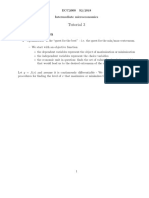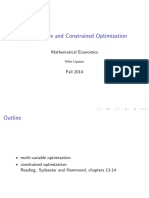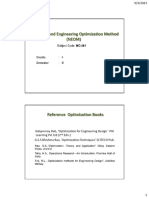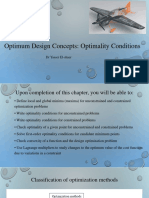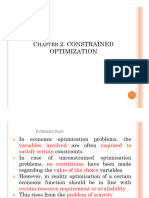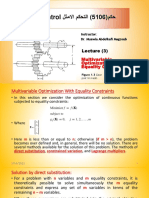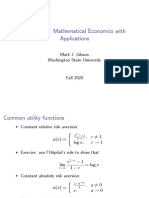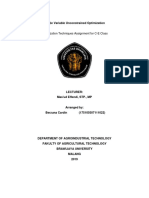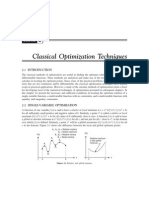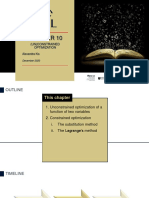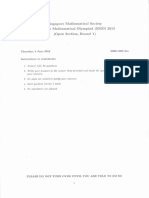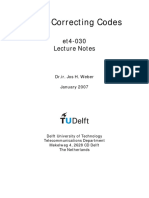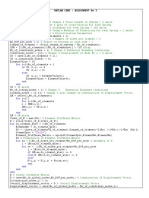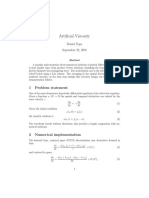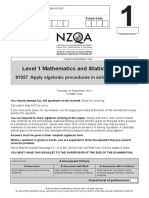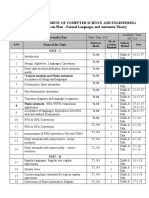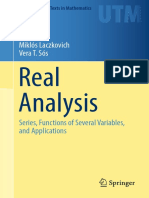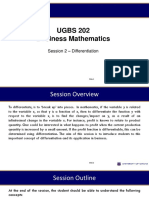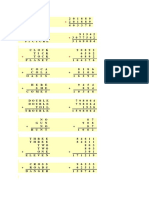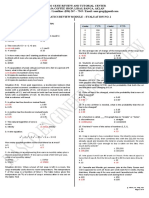0% found this document useful (0 votes)
21 views68 pagesChapter 3. Optimization Final
Chapter 3 discusses optimization in economics, focusing on finding extreme values of functions related to production and pricing. It differentiates between unconstrained and constrained optimization, detailing methods such as the First and Second Derivative Tests for single-variable functions and the use of Hessians for multiple-variable functions. Additionally, it introduces approaches for constrained optimization, including substitution, total differential, and the Lagrange multiplier method.
Uploaded by
Mebrat tayeCopyright
© © All Rights Reserved
We take content rights seriously. If you suspect this is your content, claim it here.
Available Formats
Download as PPTX, PDF, TXT or read online on Scribd
0% found this document useful (0 votes)
21 views68 pagesChapter 3. Optimization Final
Chapter 3 discusses optimization in economics, focusing on finding extreme values of functions related to production and pricing. It differentiates between unconstrained and constrained optimization, detailing methods such as the First and Second Derivative Tests for single-variable functions and the use of Hessians for multiple-variable functions. Additionally, it introduces approaches for constrained optimization, including substitution, total differential, and the Lagrange multiplier method.
Uploaded by
Mebrat tayeCopyright
© © All Rights Reserved
We take content rights seriously. If you suspect this is your content, claim it here.
Available Formats
Download as PPTX, PDF, TXT or read online on Scribd
/ 68







